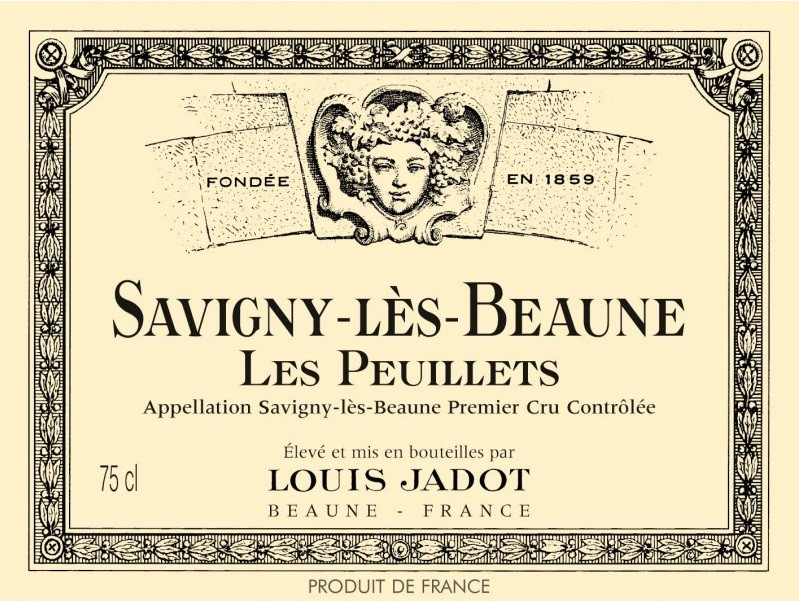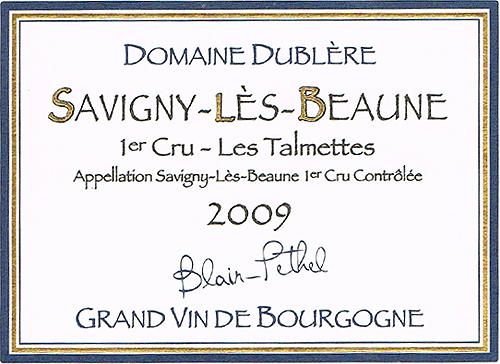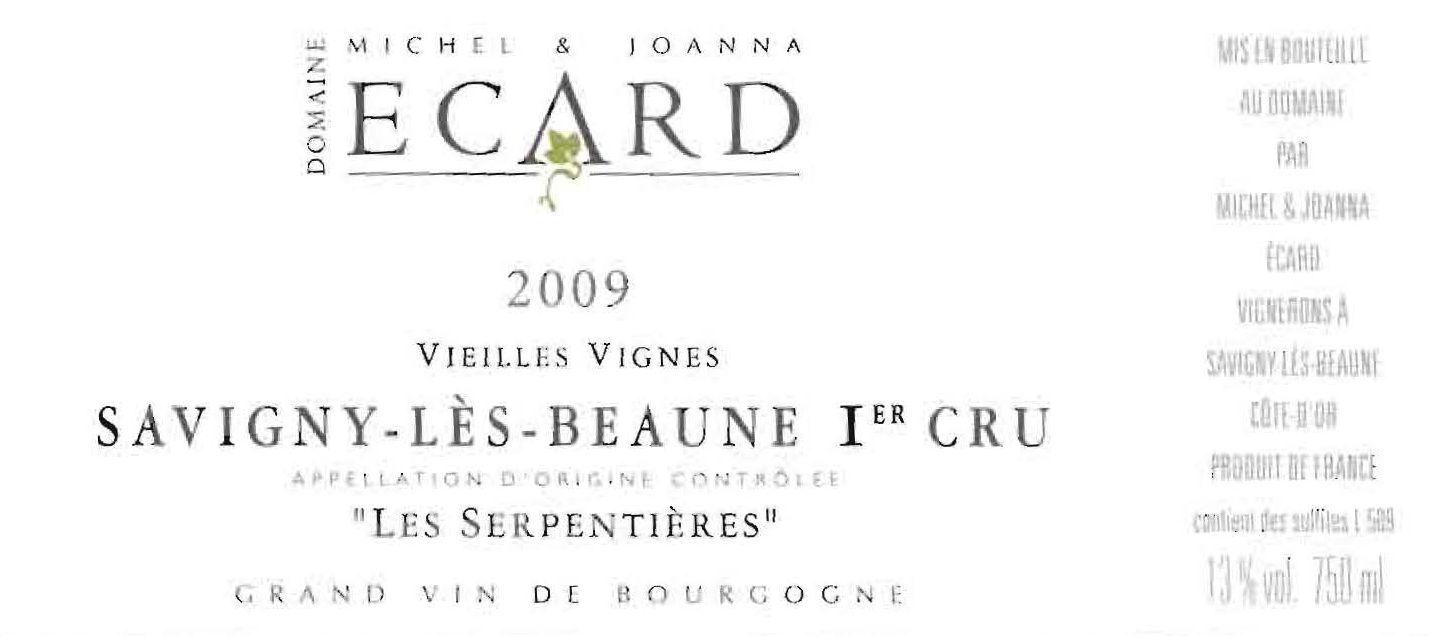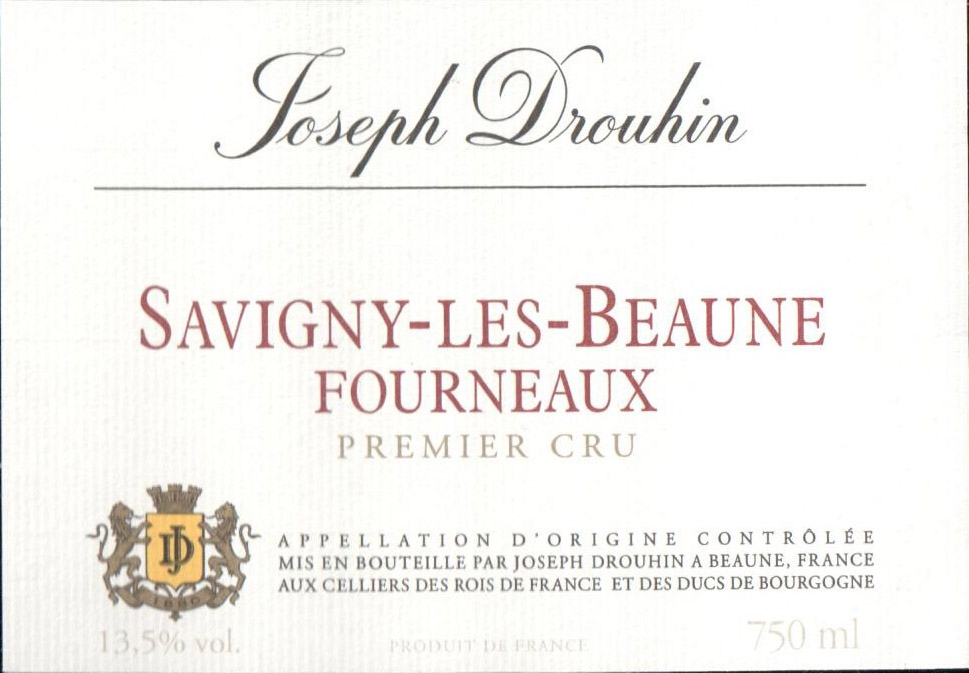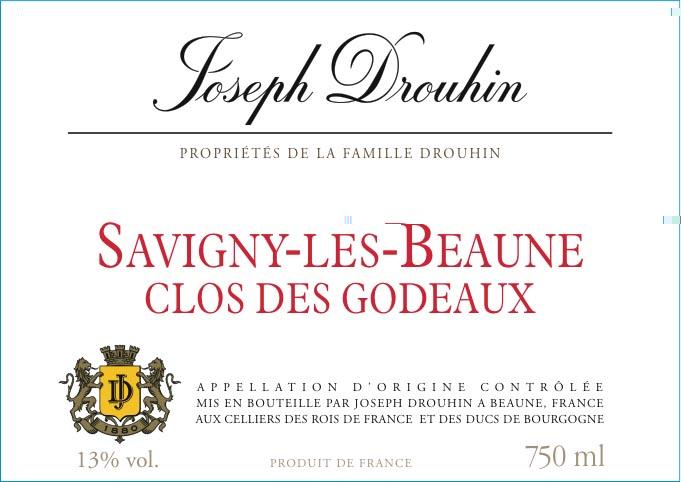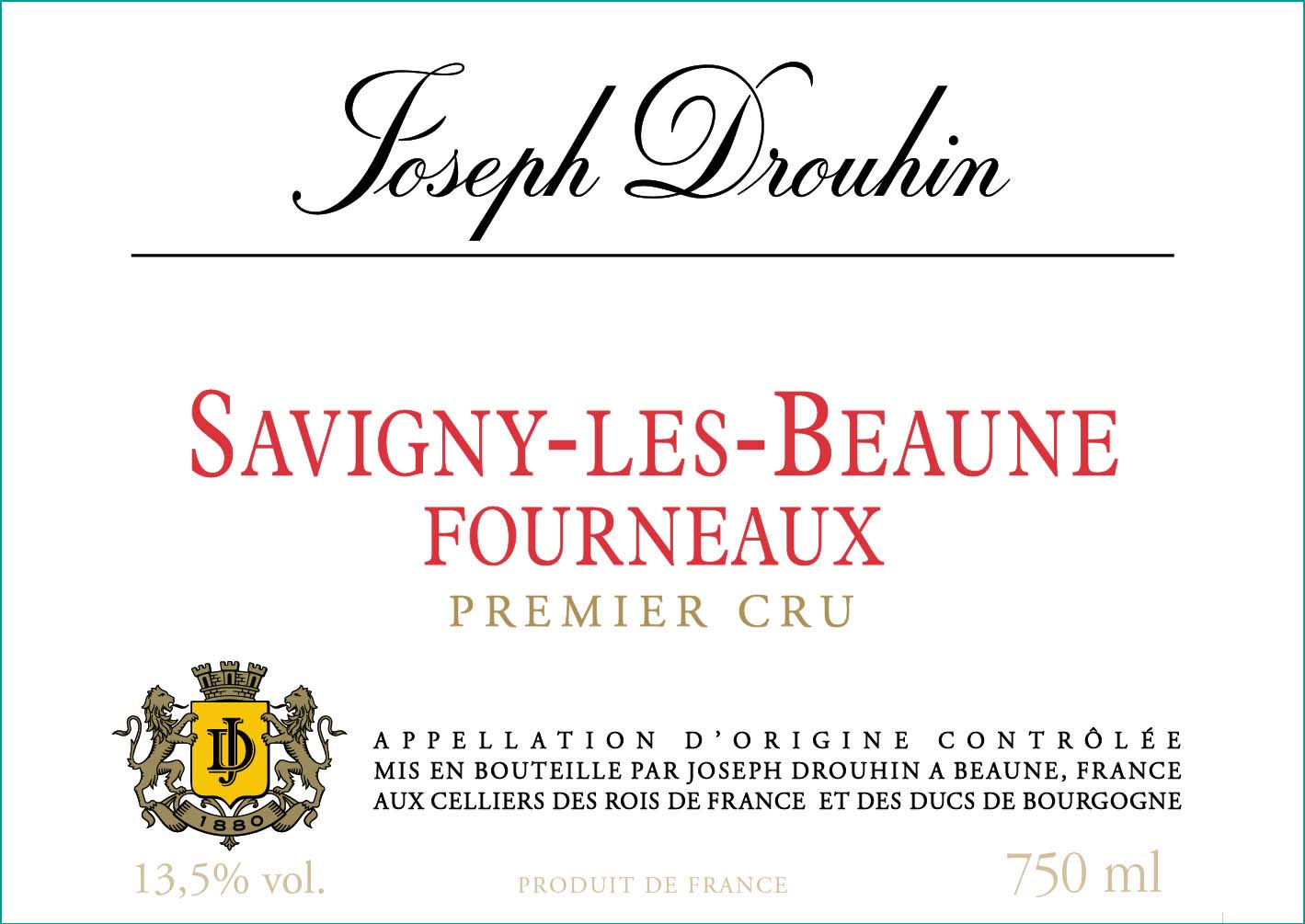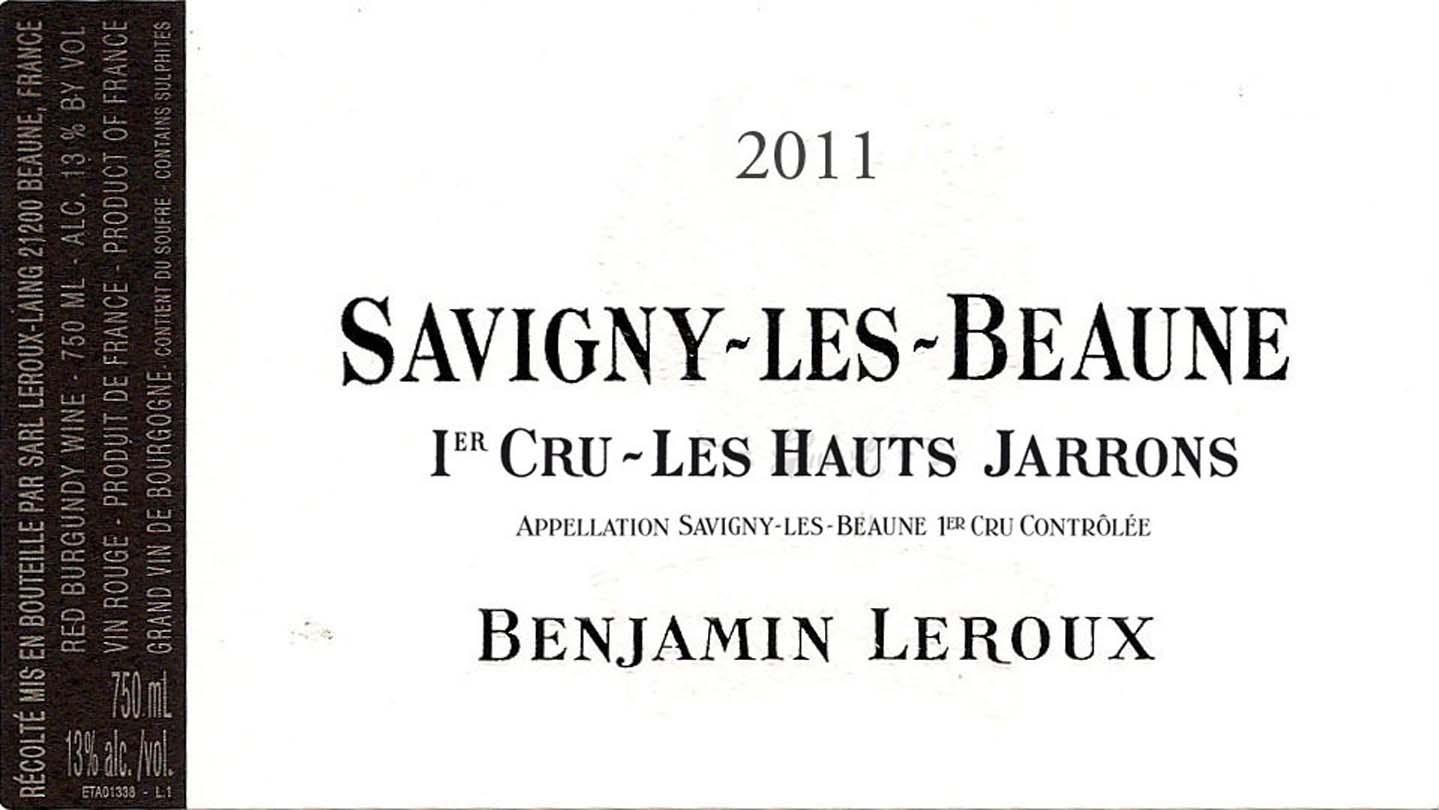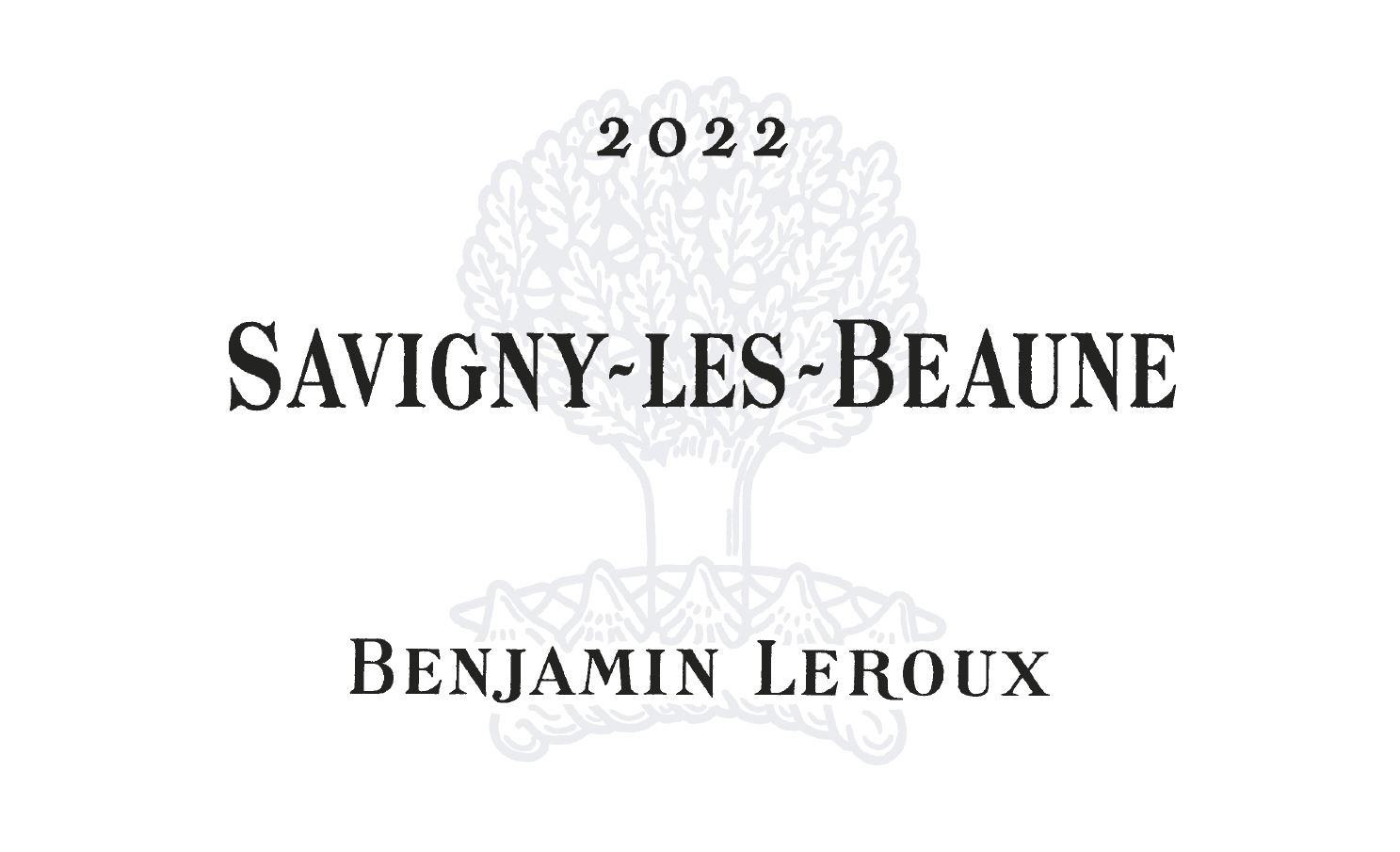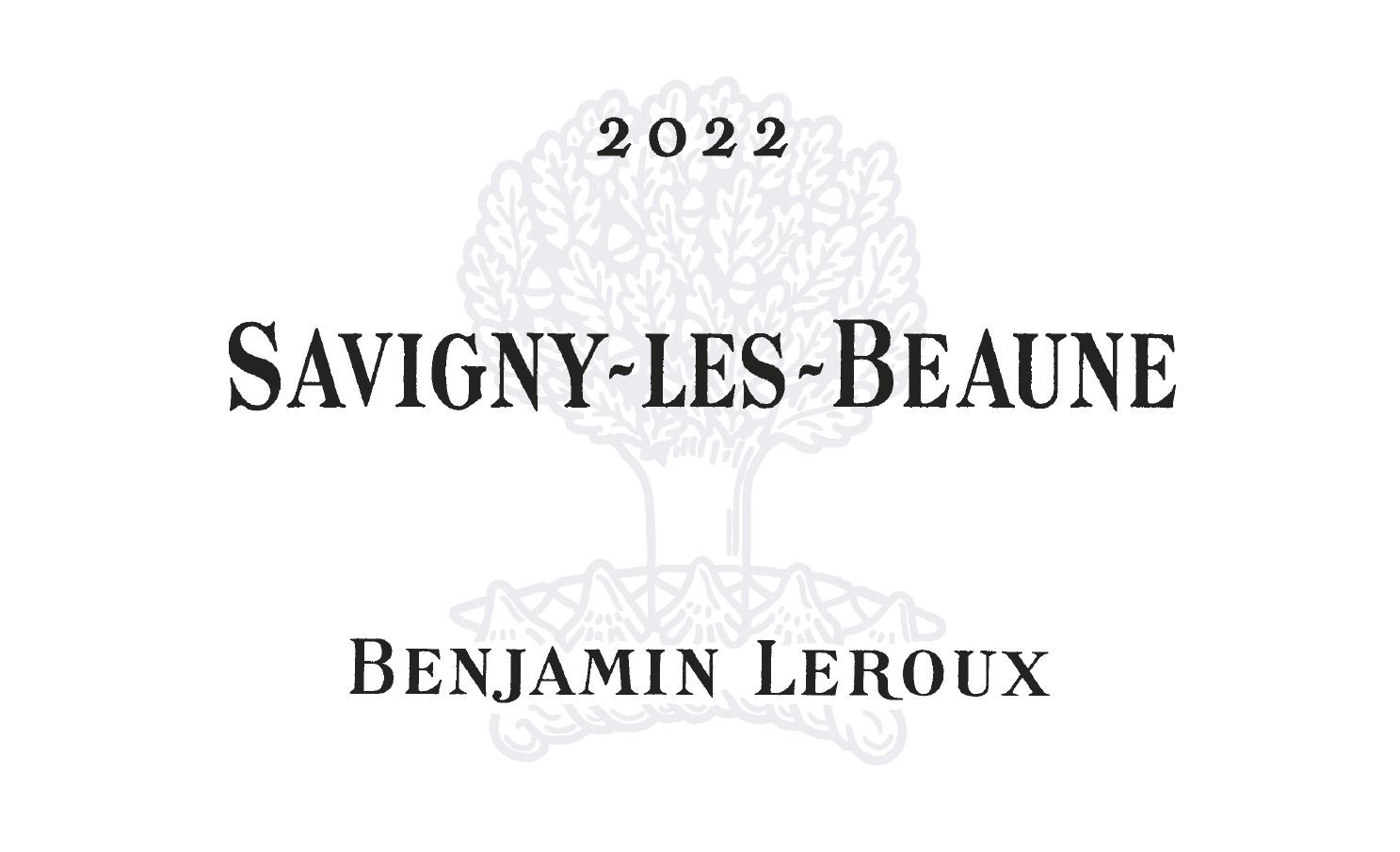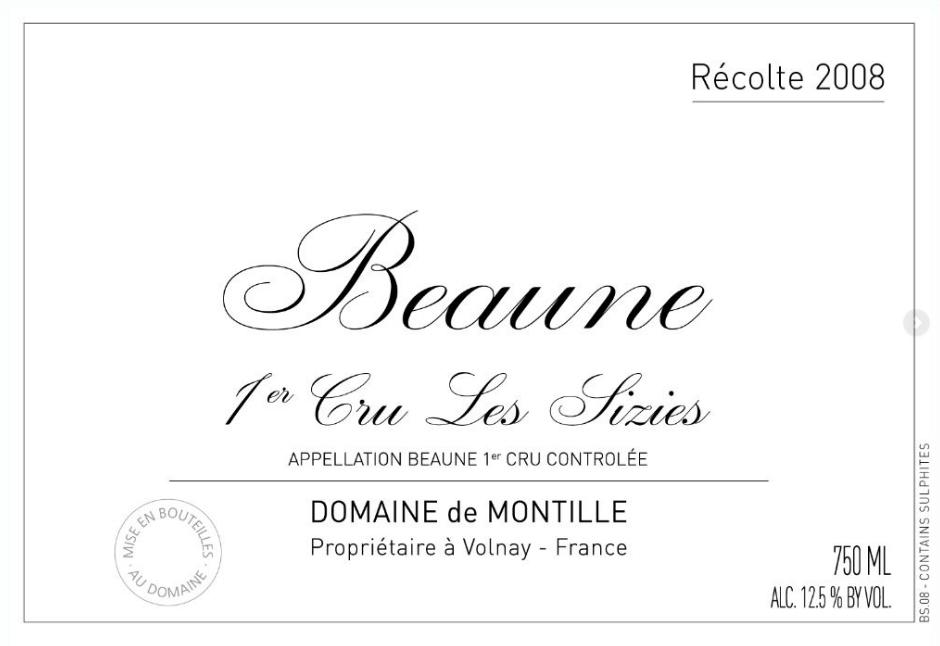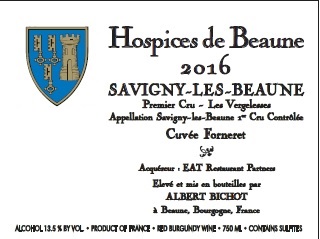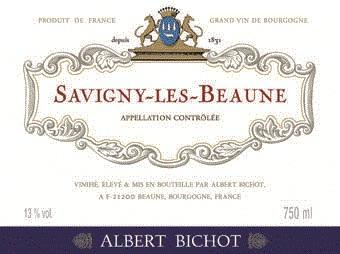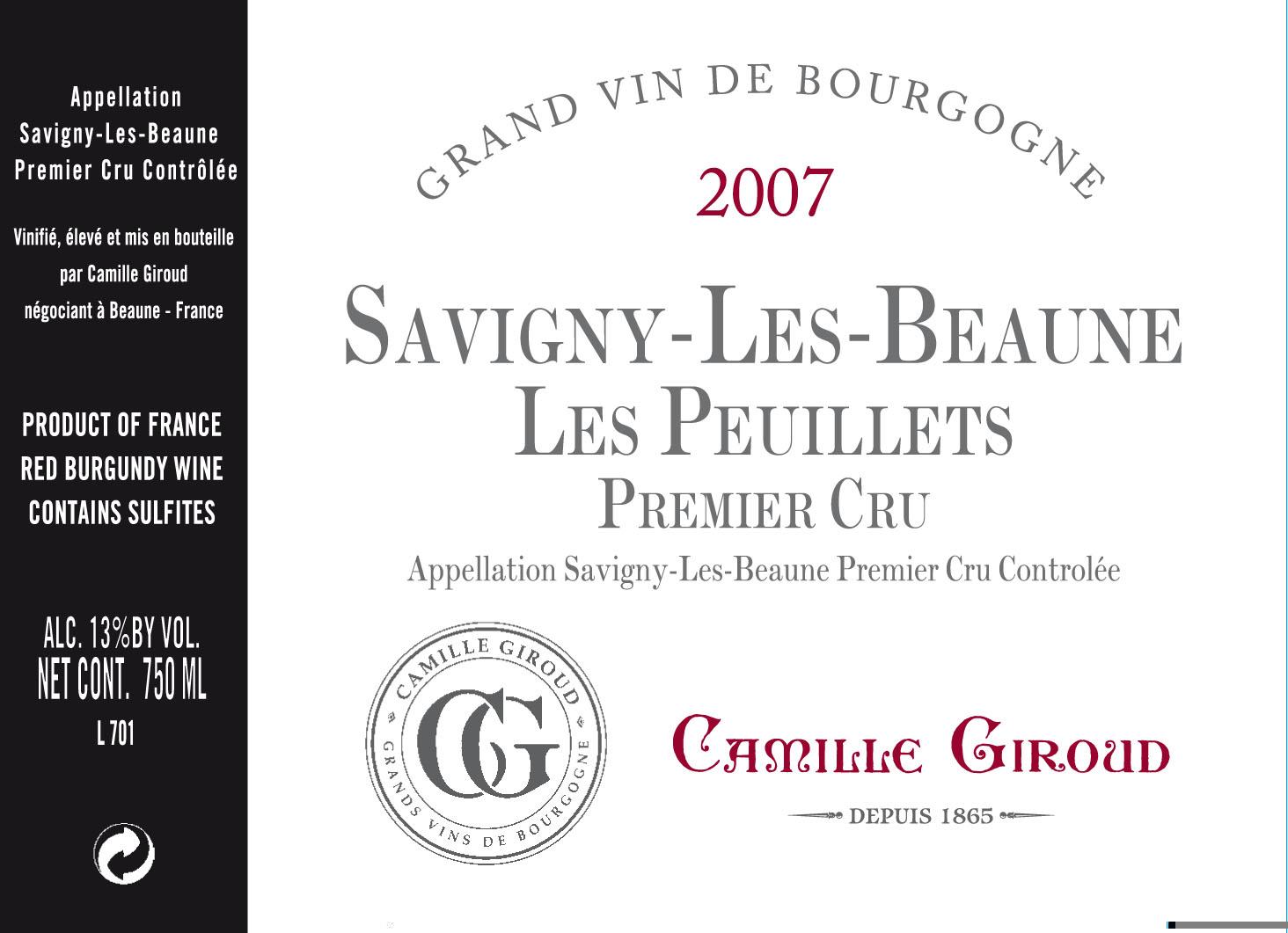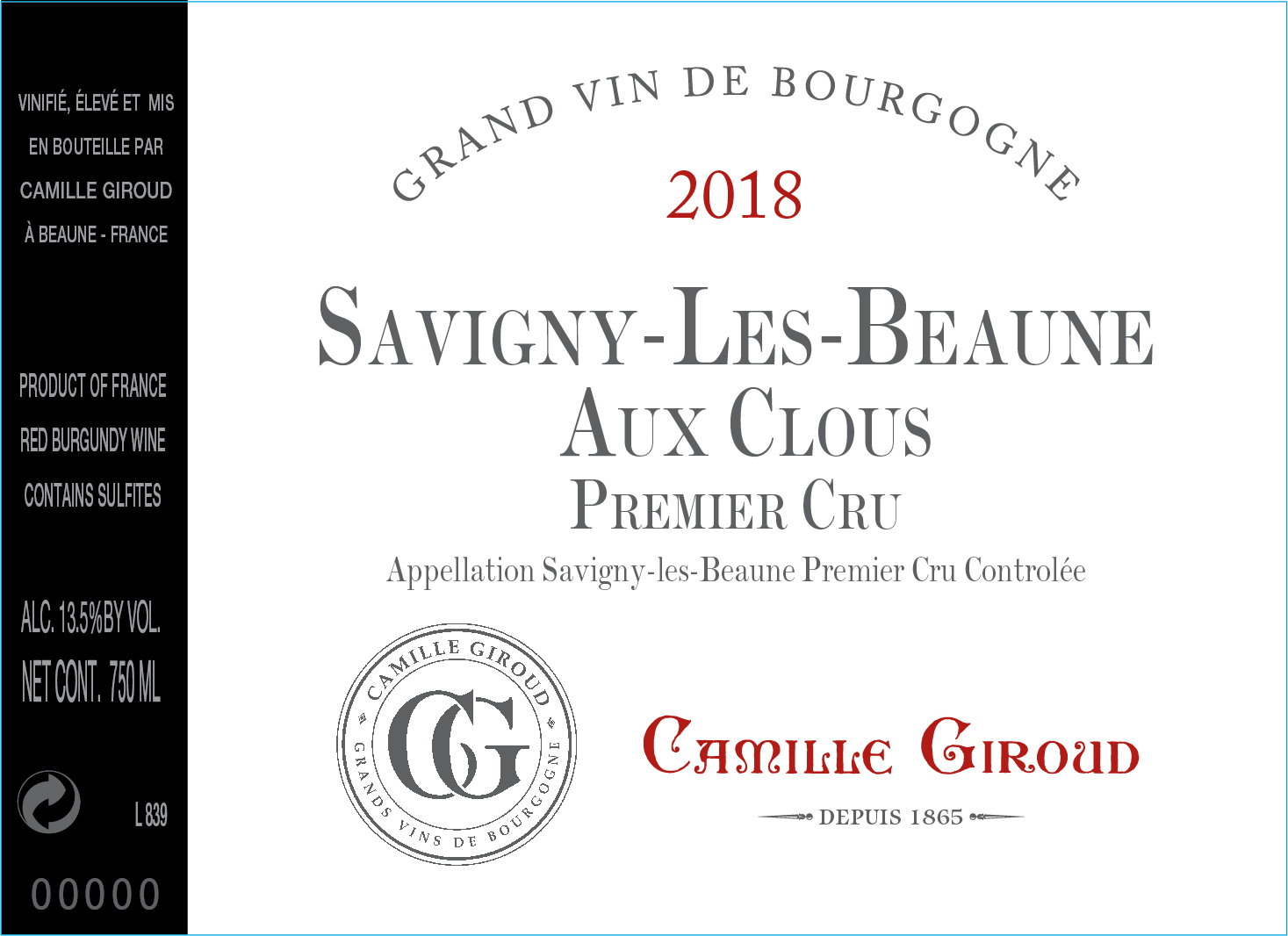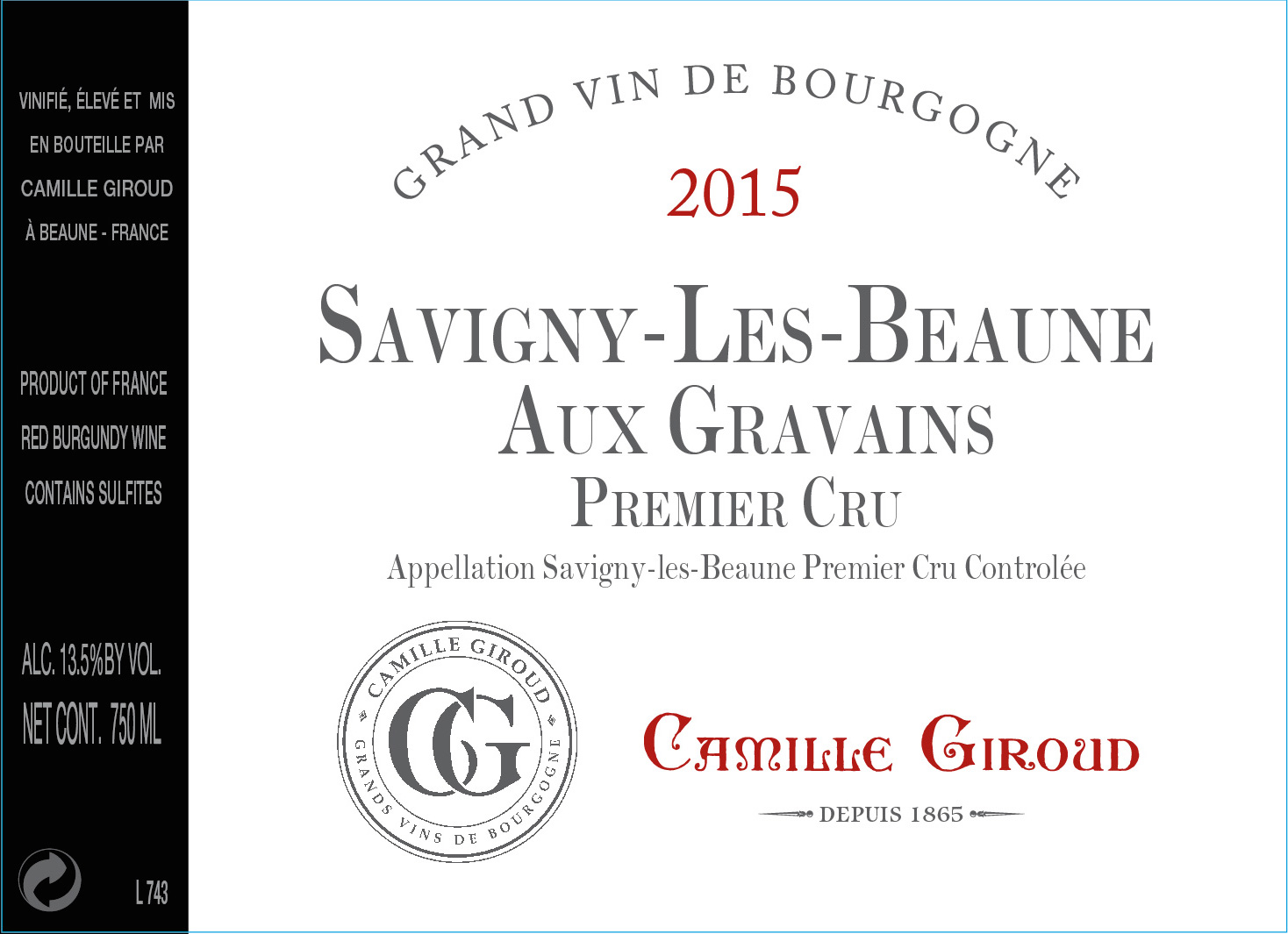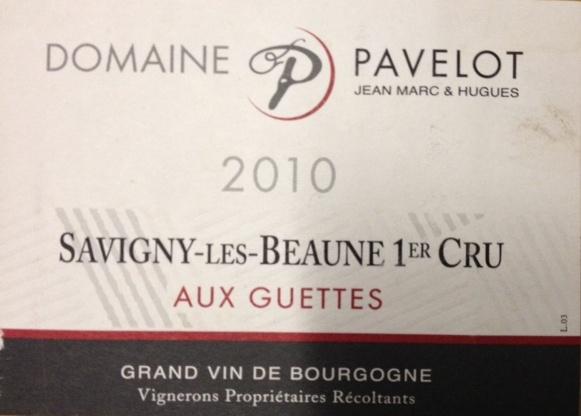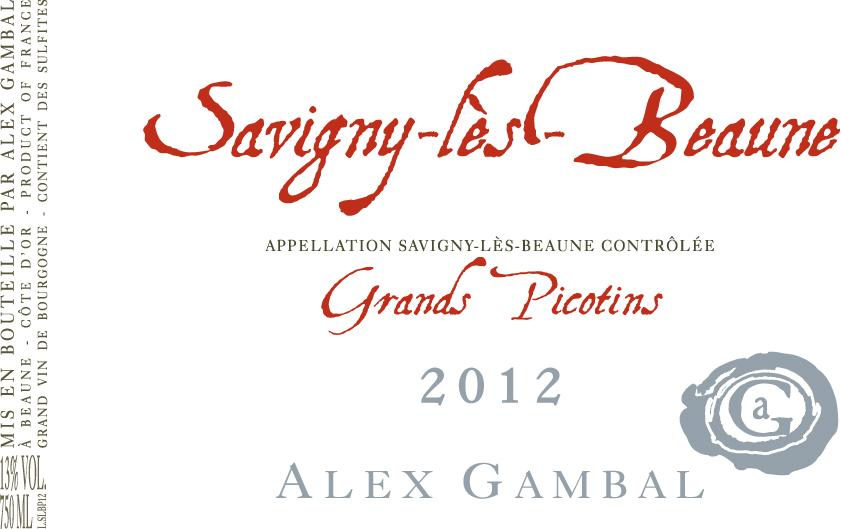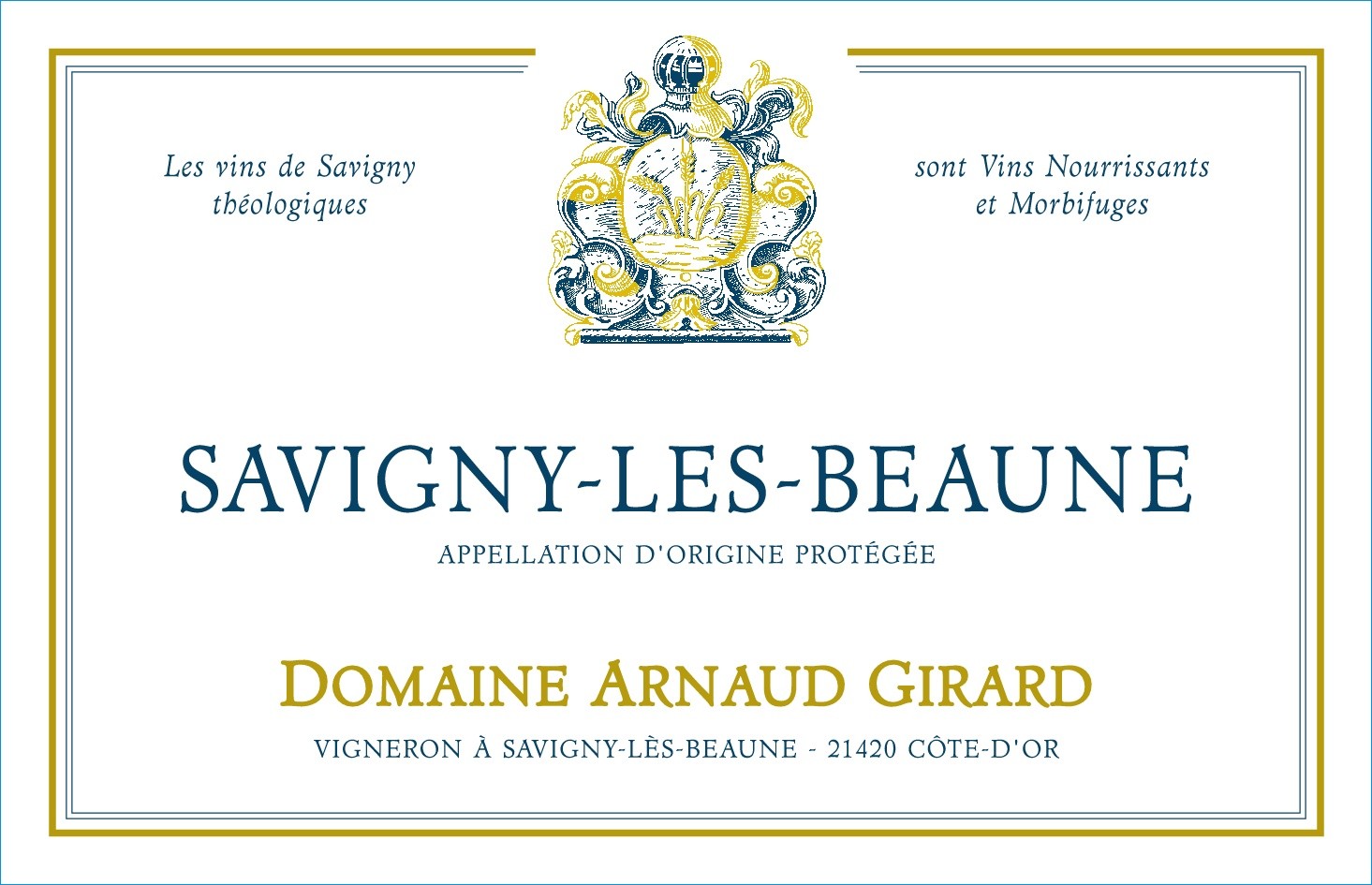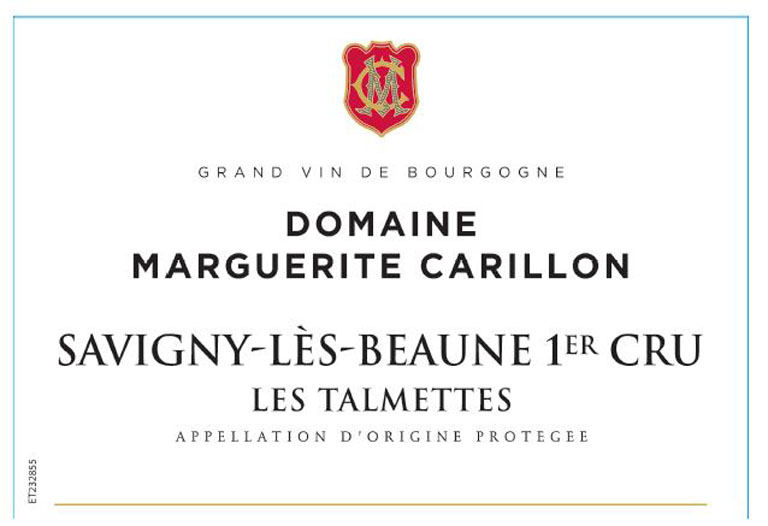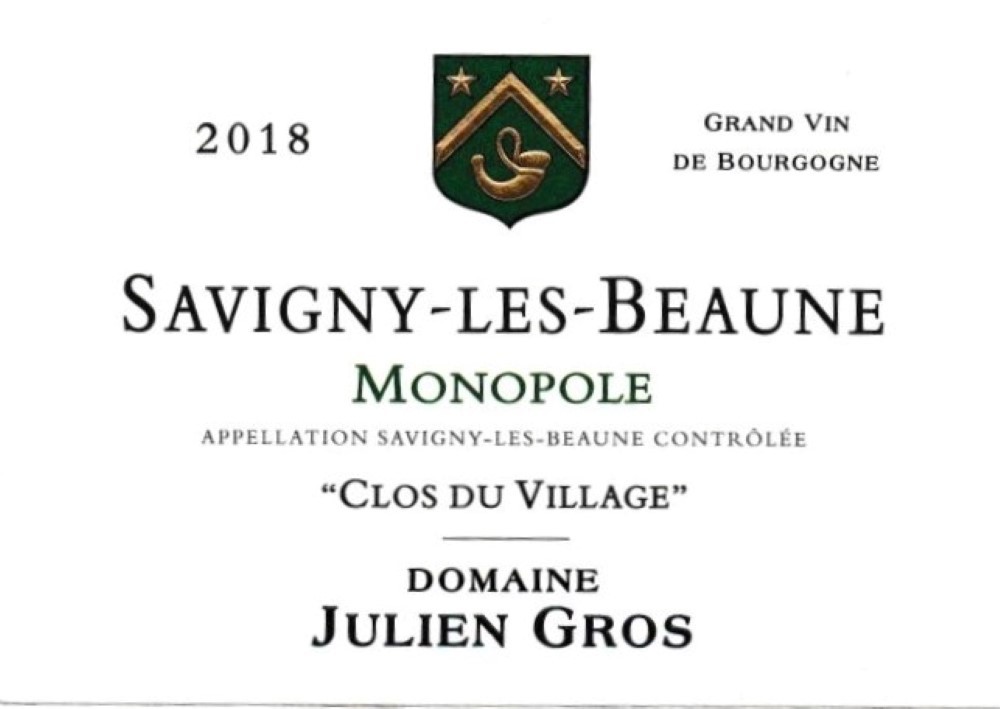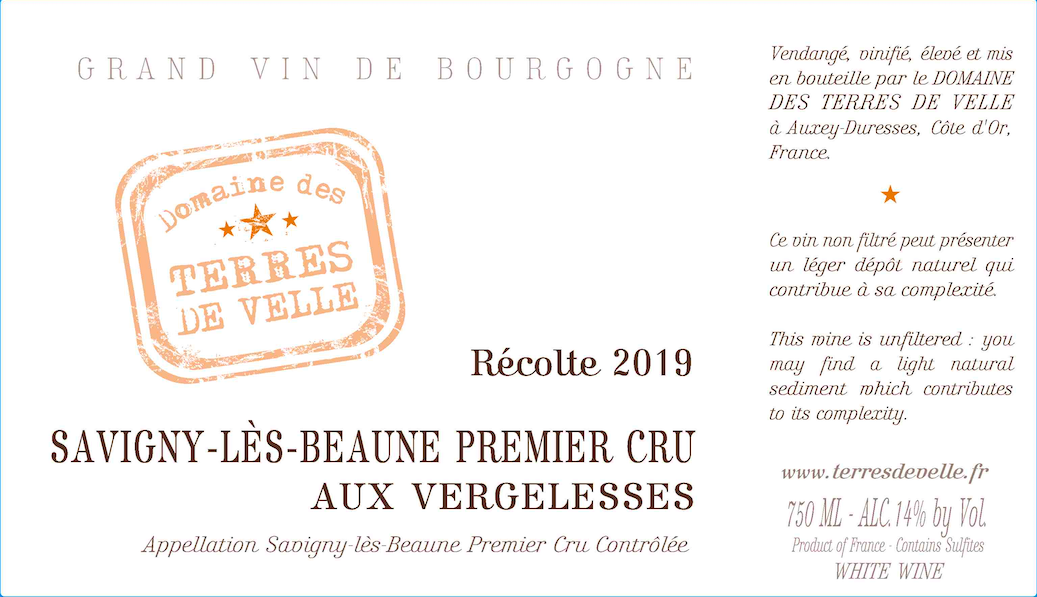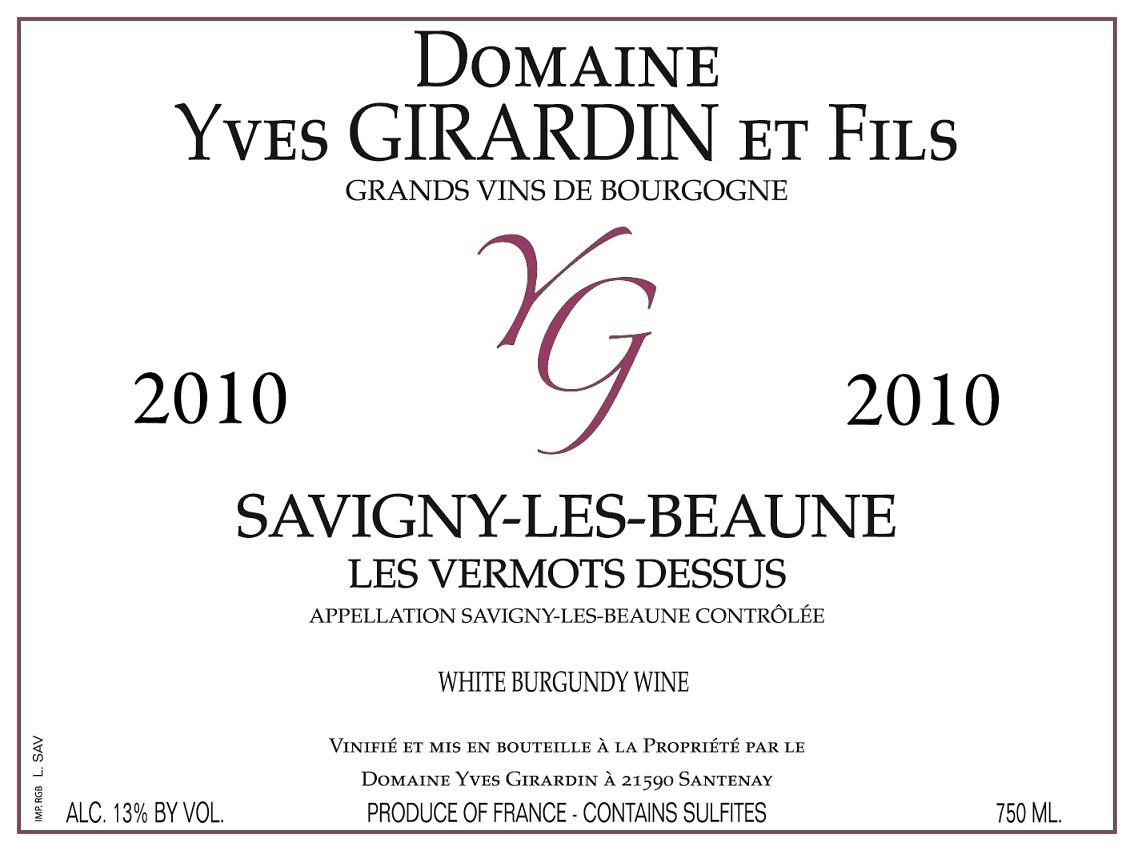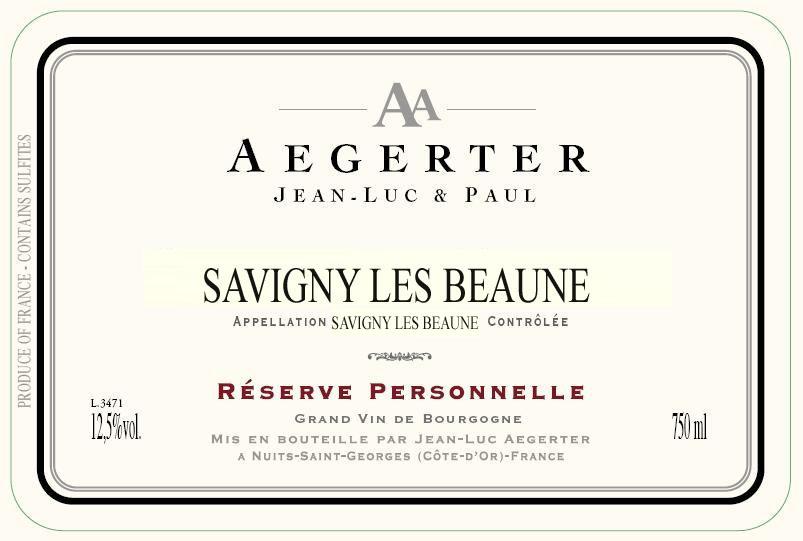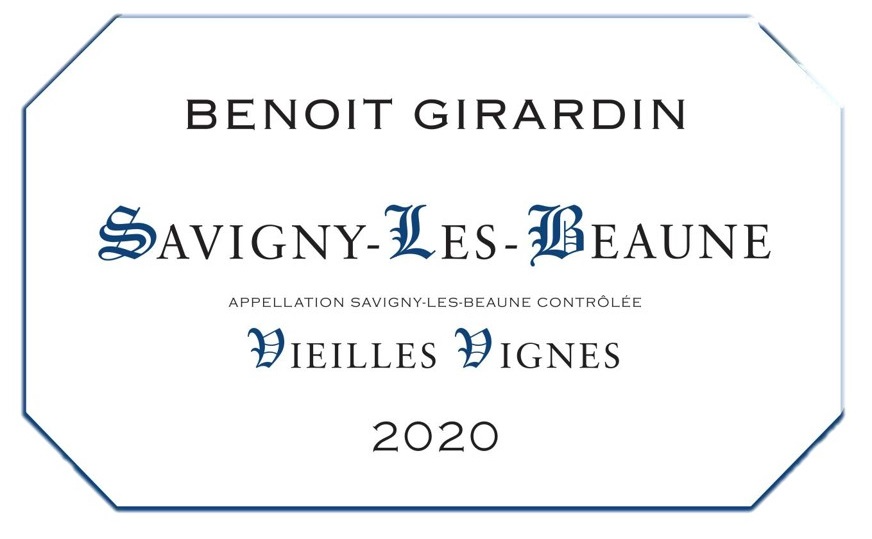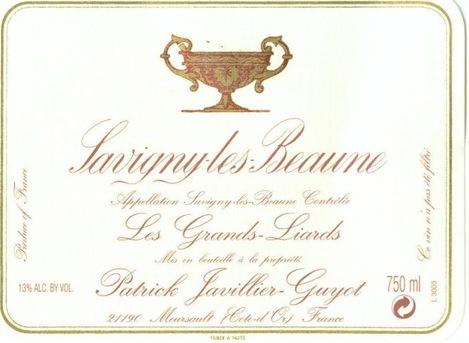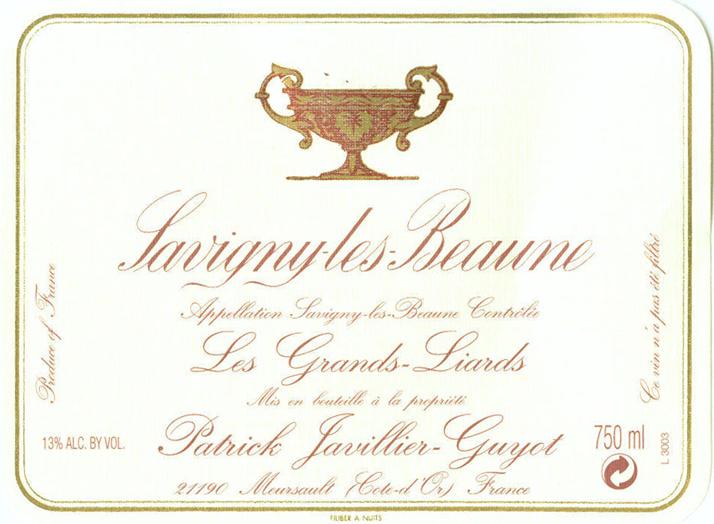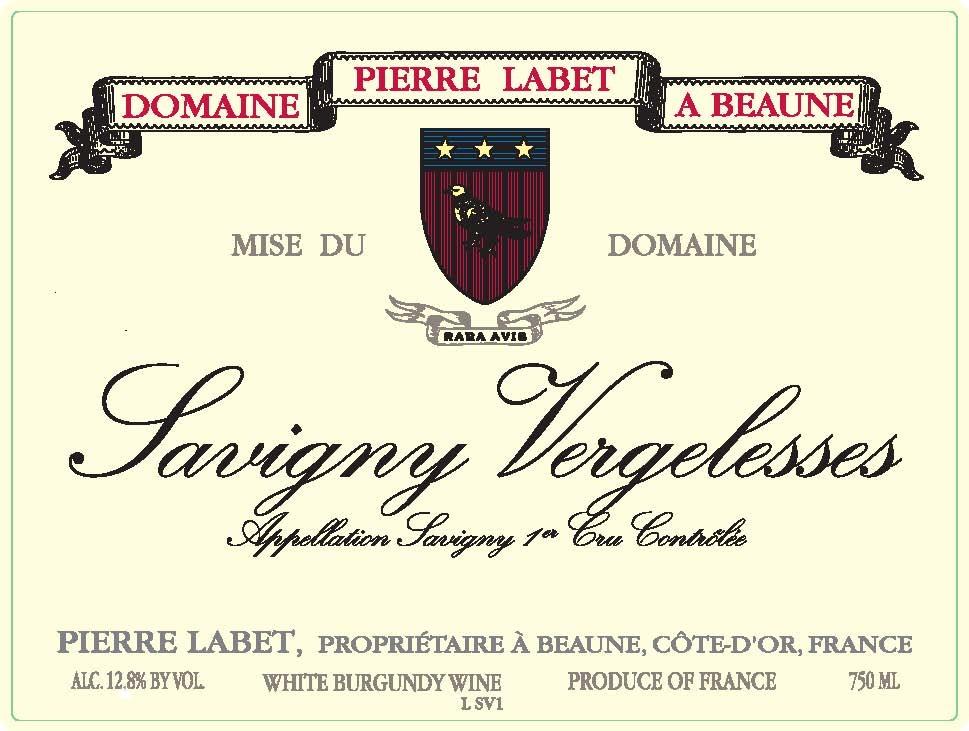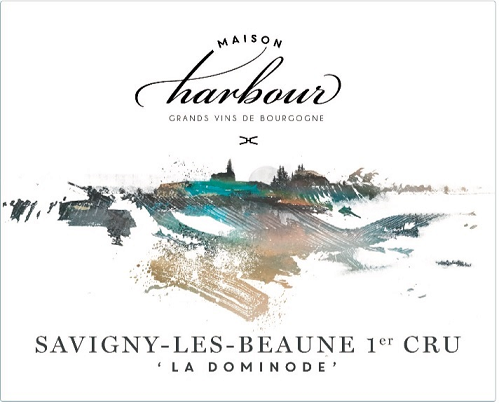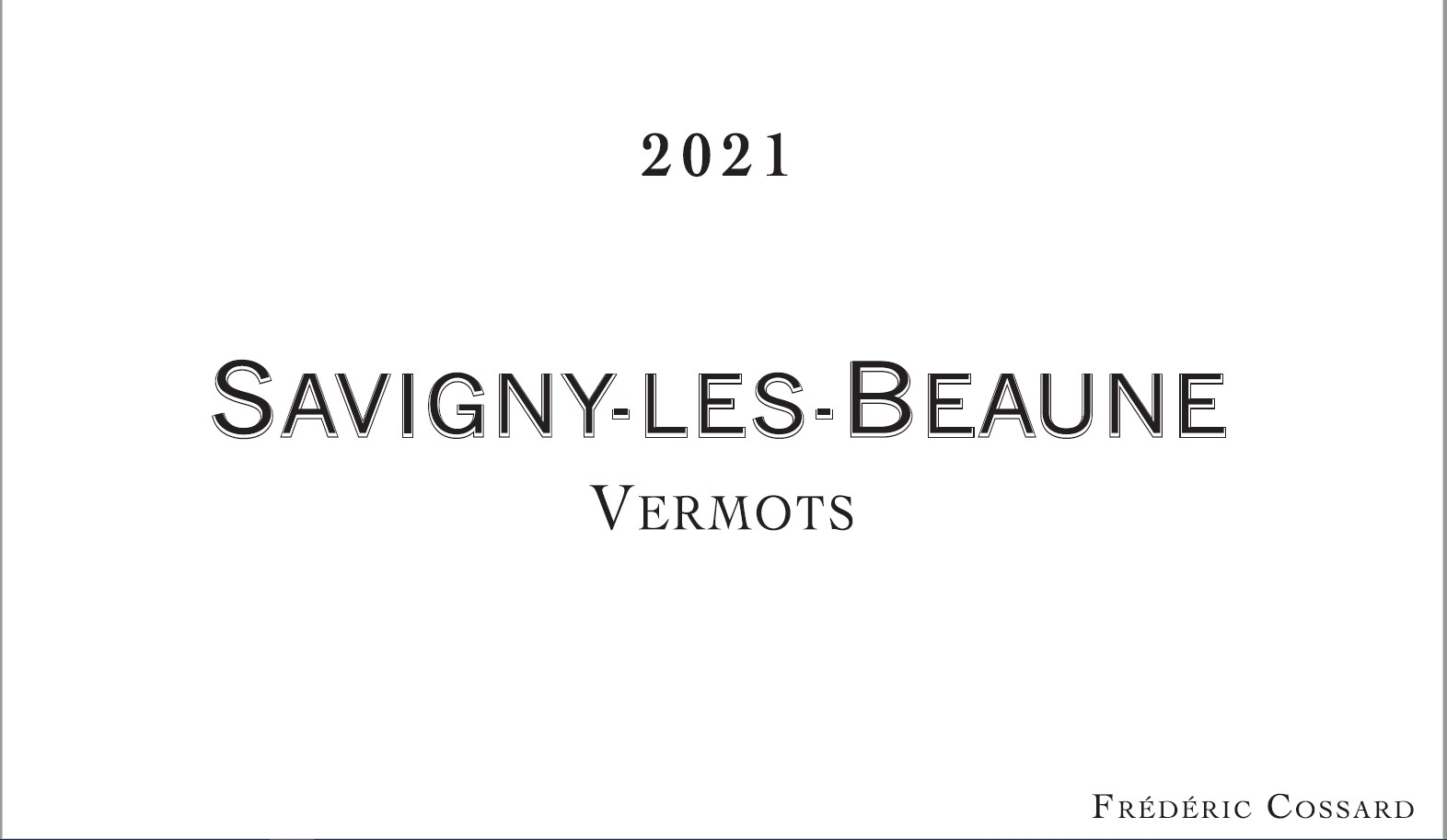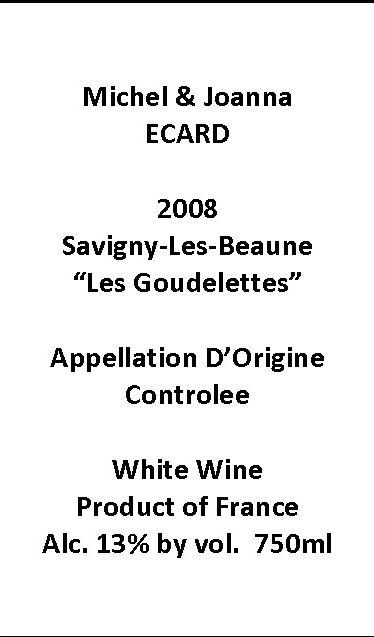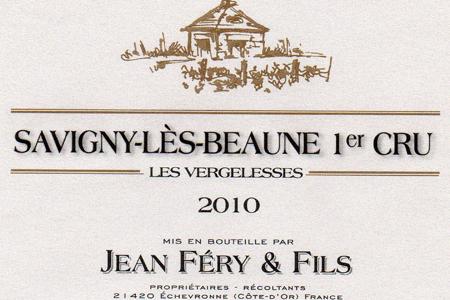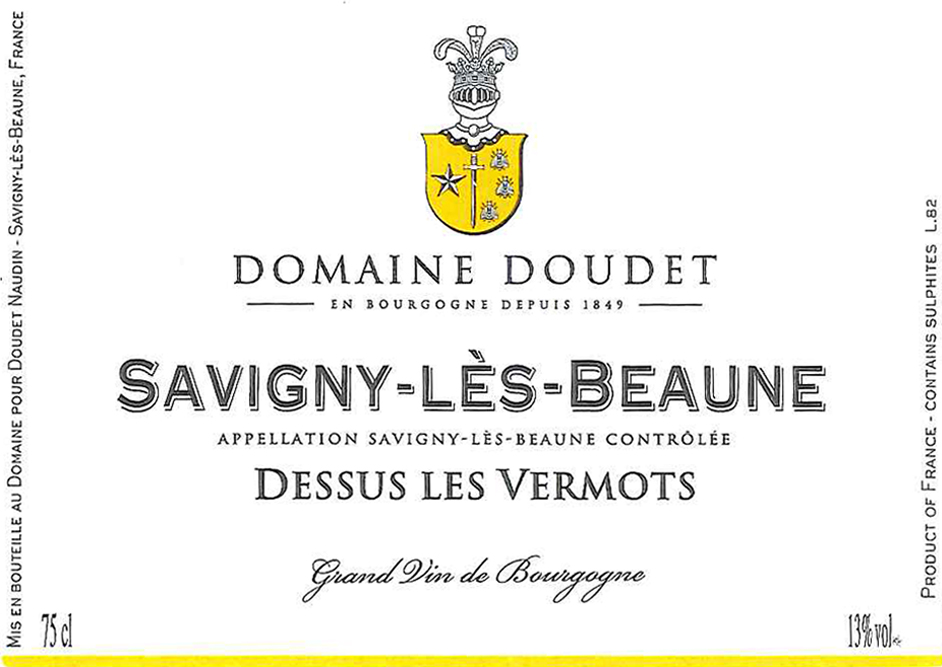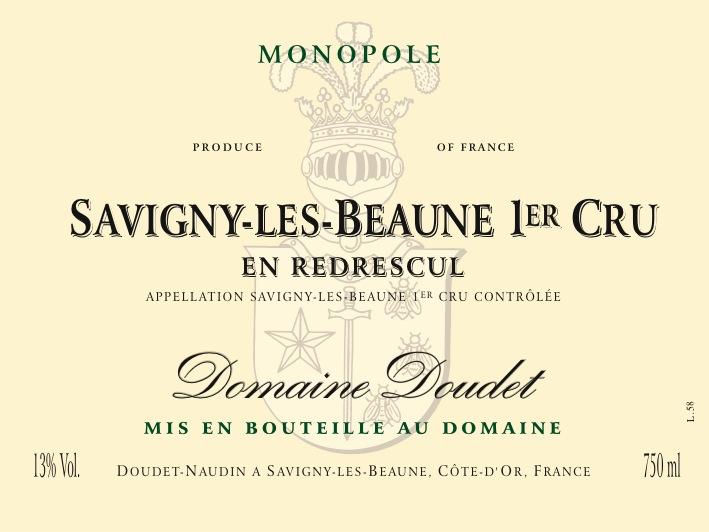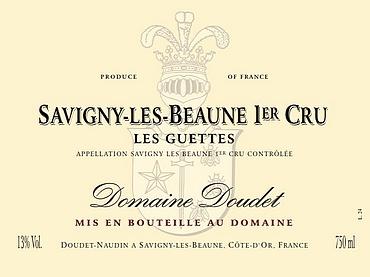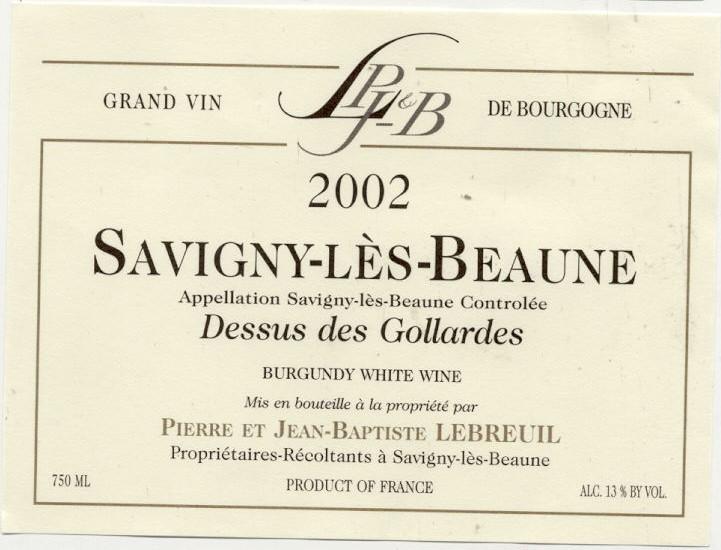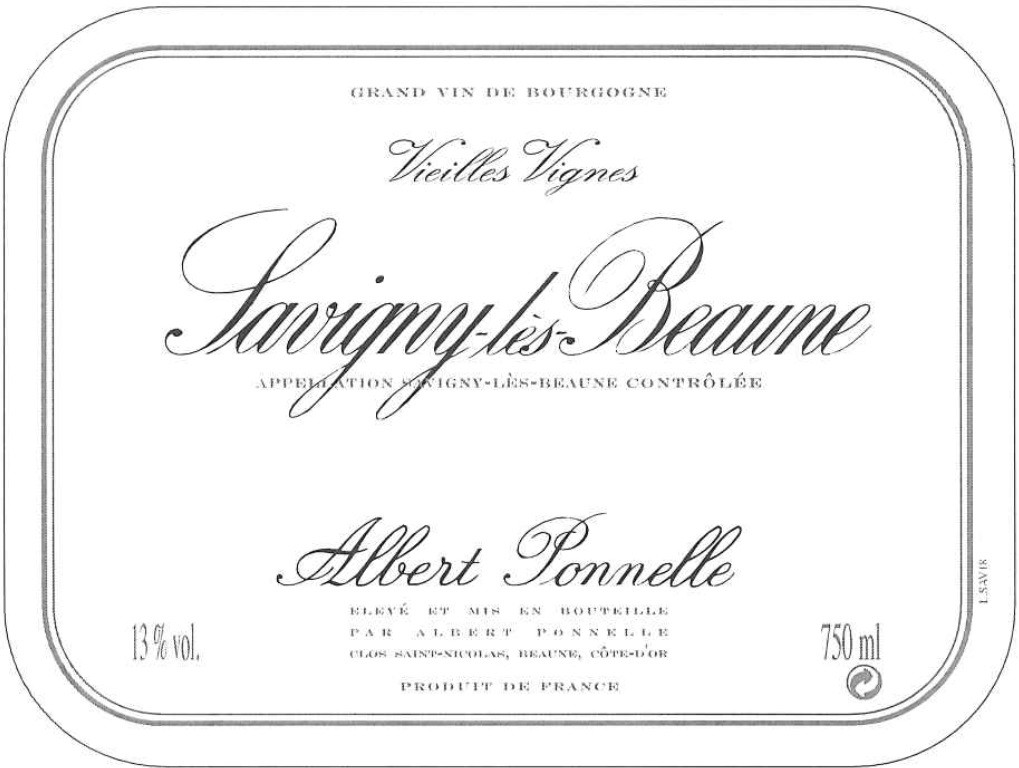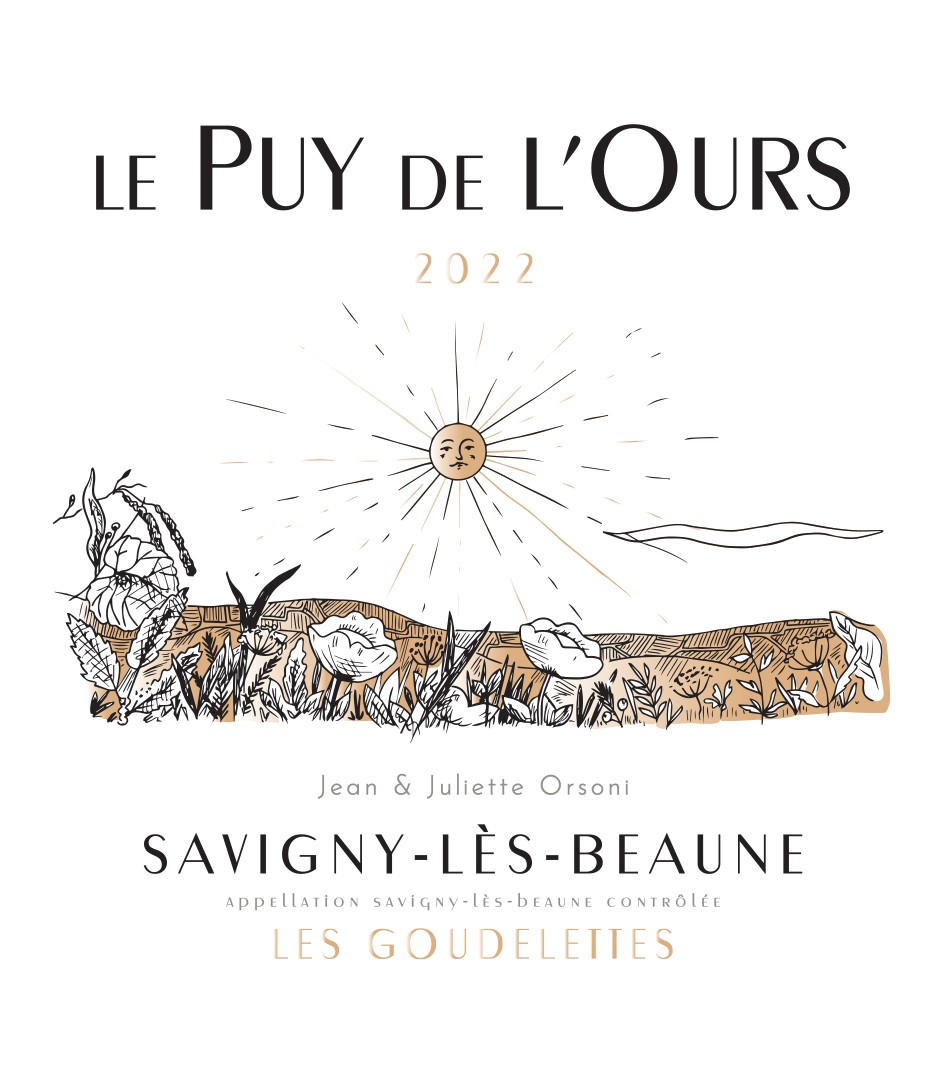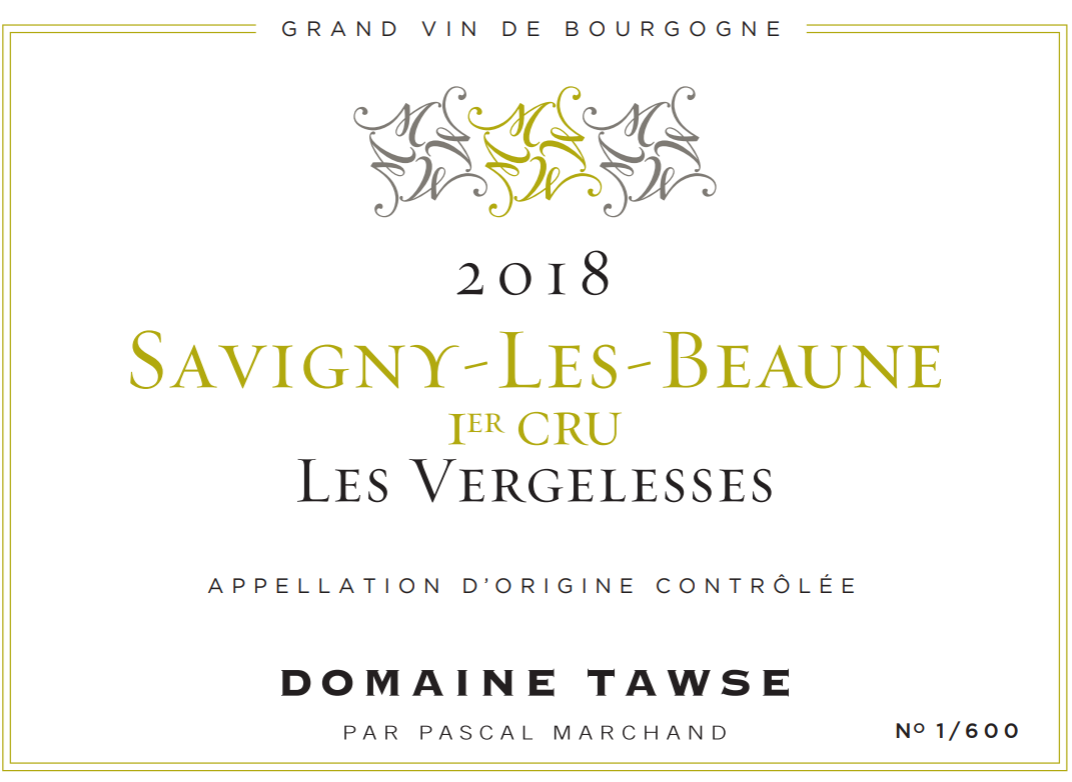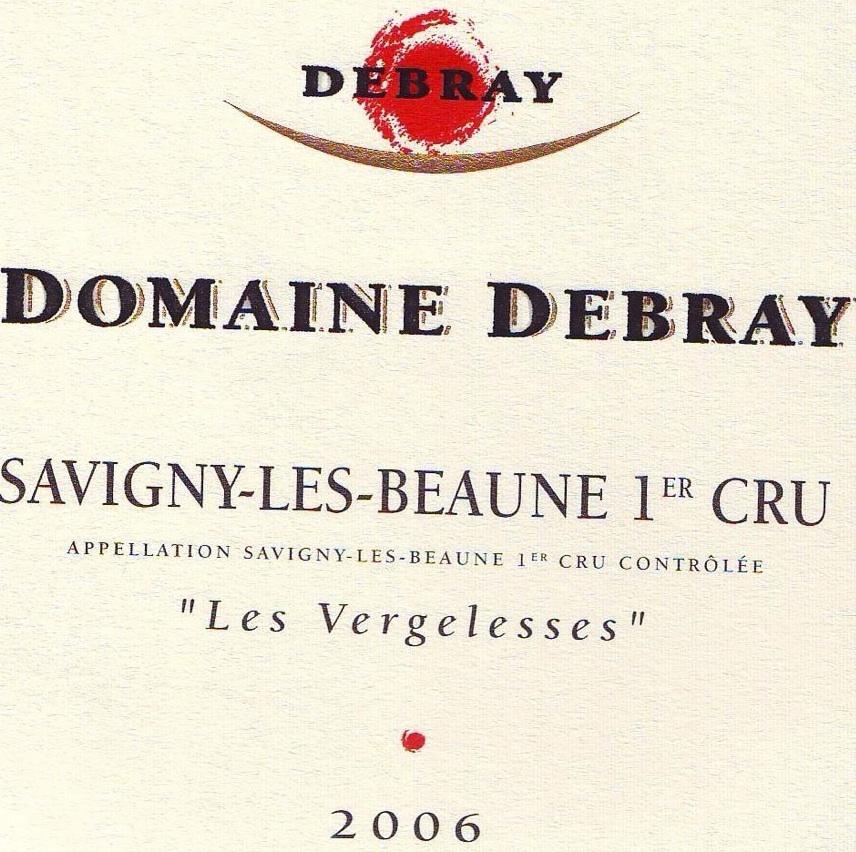Terroir of Savigny-lès-Beaune
Savigny-lès-Beaune thrives on its diverse terroir, with vineyards gently rising from 250 to 400 meters, covering a rich tapestry of soils. Lower slopes feature deeper alluvial loams, while mid- and upper-slopes showcase classic Côte d’Or limestone bedrock mixed with red-brown clay and marl. This soil diversity enhances the wines with rich fruit flavors and savory minerality. The vineyards face south and east, ensuring consistent ripening while retaining freshness.
The temperate continental climate brings warm, pleasant summers with highs in the mid-20s °C and cold winters dipping to –1 °C. While spring frost poses a risk, the elevation and hillside air drainage mitigate its impact. Moderate rainfall, primarily in spring and autumn, combines with the unique microclimates to produce Pinot Noir and Chardonnay with rich fruit and lively structure, despite vintage variations.
Notable Wineries in Savigny-lès-Beaune
Savigny-lès-Beaune, nestled in Burgundy's Côte de Beaune, is home to several notable wineries renowned for their terroir-driven wines. Among these, Domaine Simon Bize et Fils stands out as a family-run estate that has been passed down through generations. They are celebrated for their precise, mineral-driven wines from Savigny-lès-Beaune, offering a range of Premier Crus and village plots that exhibit fine tannins and minimal intervention in the cellar.
Another distinguished winery is Domaine Bruno Clair, famous for its Savigny-lès-Beaune Premier Cru wines like Les Dominode and Les Jarrons. Their wines reflect a blend of depth and clarity, showcasing meticulous care in both vineyard and cellar. Alongside these family domaines, numerous small-scale négociants contribute to the appellation's diverse styles, highlighting the unique character of Savigny-lès-Beaune wines.
Sustainable Winemaking in Savigny-lès-Beaune
Across the Burgundy region, including Savigny, there is a growing emphasis on sustainable wine practices. Many producers are adopting organic or biodynamic methods, with some achieving certifications such as HVE (High Environmental Value). Instead of using herbicides, vineyards often employ cover crops and mechanical weeding to maintain soil health.
In winemaking, native-yeast fermentations and gentle extraction techniques are becoming more common, with sulphur used sparingly. Efforts to reduce energy use and waste are widespread, even if not all vineyards hold certifications. The movement focuses on protecting the historic vineyards and biodiversity of the Côte d’Or by implementing eco-friendly practices both in the vineyard and the winery.
Wine Tourism in Savigny-lès-Beaune
Wine tourism in Savigny-lès-Beaune offers a rich experience that blends history, culture, and the allure of Burgundy wines. Visitors can explore the Château de Savigny, a 15th-century landmark with a unique winemaking museum, and attend seasonal events that celebrate local heritage. Many wine estates offer cellar tours and tastings by appointment, providing insight into the production of Pinot Noir and Chardonnay.
The region also features scenic drives and trails along the Route des Grands Crus, ideal for both hiking and cycling through picturesque vine terraces. Festivals and open-cellar weekends further enrich the wine tourism experience, showcasing the community's vibrant spirit. With inns and restaurants serving Burgundian cuisine, Savigny-lès-Beaune is a prime destination for wine enthusiasts seeking an authentic experience in the heart of the Côte d’Or.




